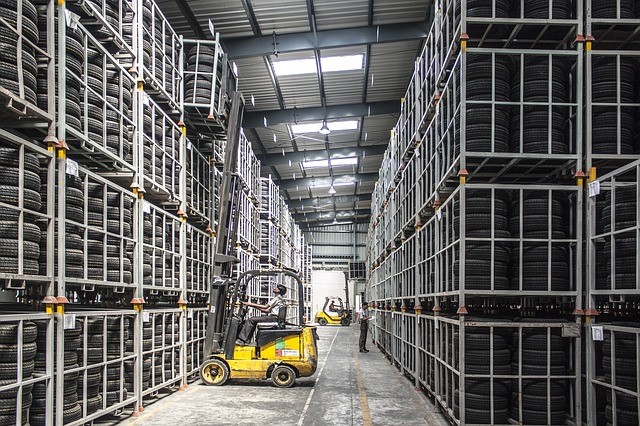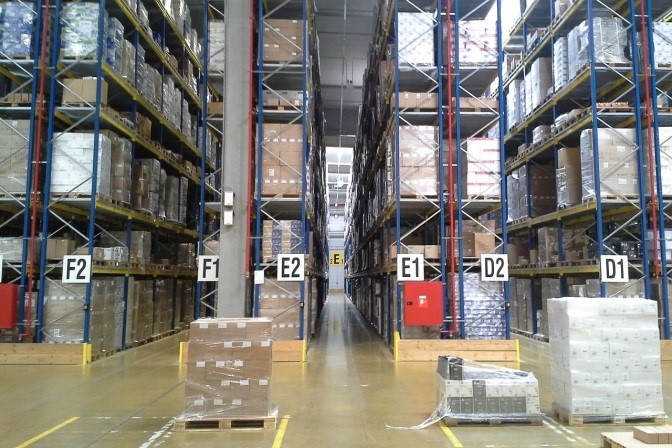Do you find your warehouse filling up faster than expected, but you don’t seem to have enough space to go around? This is an issue that many warehouse owners have at some point in time. Some of the reasons why warehouses run out of space include:
- Seasonal peak
- Rapid growth
- Facility consolidation
- Planned inventory builds before manufacturing shutdown
- Large discount buying
- Slow sale periods
Generally, in warehouses, there are three types of deficiencies that can occur when it comes to space. These include:
- Having an abundance of the right inventory
- Having an abundance of the wrong merchandise
- Using the existing warehouse space poorly
To resolve these issues, you must first understand how these deficiencies affect your warehouse space.
Abundance of the Right Inventory
Although having too much of the right product may be beneficial for business owners to complete orders successfully, unfortunately it can lead to a lower warehouse productivity, along with lower safety standards. You will find that this type of warehouse will show products stacked in docking areas, stored in aisles, and placed on rack end caps, or products with multiple SKUs mixed together within the single wire basket or crate. All this can create a safety hazard, from lack of visibility throughout the warehouse. It also causes decreased labor productivity, lack of ease locating inventory, and multiple handling of unnecessary products. Although the upside to this scenario is that generally the popular stock moves fast, freeing up the space in a couple of weeks.
Abundance of the Wrong Product
Another complication that you may find within your warehouse is having too much of the wrong product taking up valuable space. Having an abundance of the wrong product indicates that your product planning and sales projections were incorrect. It also indicates that your warehouse may not be managing obsolete products or inventory levels properly. Having an abundance of the wrong product can take up space for months and years at a time. This can be solved by cutting your losses and discounting the products to remove stock faster. The earlier this is identified, the better your company can manage its losses.
Poorly Utilized Warehouse Space
Poor utilization of your warehouse space can be caused by changing storage requirements, steady growth, and ever increasing service requirements. Many warehouses are equipped and built to handle limited unit loads, a set number of products, and projected volumes. Warehouses are expected to be more efficient and adjust to the demands of customers. Due to these conflicting goals, you may find you’re accepting long term penalties to complete your short term goals.
These goals include hand pricing merchandise for key customers at piece level, creating display-floor-ready end-cap-customized merchandise, or creating a mixed load to simplify customer processing when the merchandise is shipped in full pallet quantities or full case quantities. Other poor space utilization includes wide aisles, low vertical space utilization, storage of partial loads being stored in full load locations, and multiple products being stored in a single bin location. These issues can be fixed by changing the workstation design and the physical layout.
How to Maximize Your Warehouse Space
The key to maximizing your warehouse space based on the three issues above is by changing the layout, storage containers, and the products ordered. Some things you can do include:
- Packing everything that is stored in an organized concrete fashion by using the least amount of space possible.
- Reorganizing the storage of the products within the warehouse by type and use for easy finding at a later date.
- Keeping items on shelves or off the floor to minimize obstacles for workers and forklifts to move about.
- Removing any stock which has been taking up space for over a year, to free up space for popular products.
- Rearranging stack racks and other storage containers to utilize space better and provide a more efficient layout.
- Incorporating and utilizing appropriate industrial storage containers, including wire baskets, pallet containers, metal bins, wooden create, and stack crates, etc., to manage product storage efficiently.
Conclusion
Reorganizing your warehouse can really help to free up space and utilize the layout a lot better. Using the appropriate industrial containers to help improve storage of products is a great way to manage your space a lot better. The best way to organize your warehouse is by assessing all aspects of it first, before deciding on a plan or strategy to effectively use space better. So, what did you change or add to your warehouse to maximize space?

